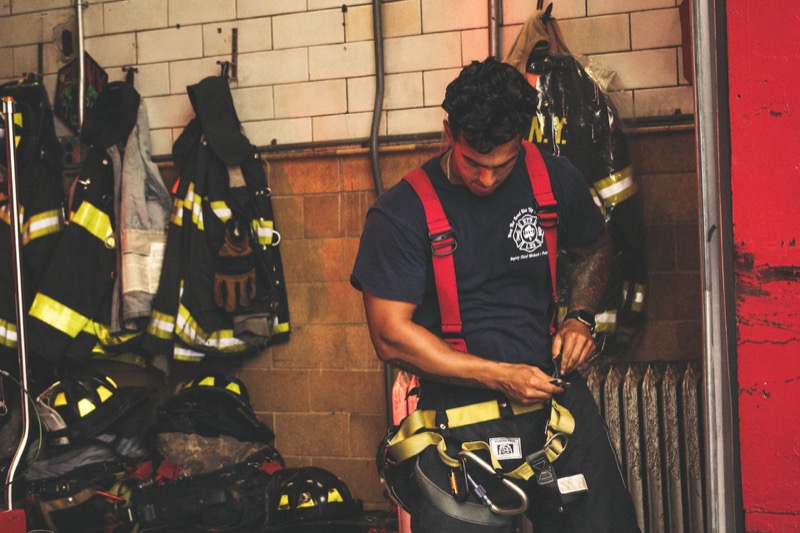Want to read in Dutch? Click here
We know that when your job involves heavy lifting, you get tired more quickly. But have you ever considered that the protective workwear you wear might also drain your energy? Research has shown that this can cause you to expend up to 21 percent more energy. In this article, I’ll explain how that works, which clothing has the most significant impact, and how you can calculate it.

Obstacle course in protective workwear
Researchers at Loughborough University in the UK have mapped out energy consumption through experiments with different types of workwear. The research report, “The effects of protective clothing and its properties on energy consumption during different activities,” details their methodology.
To measure the body’s response, they had two groups complete an obstacle course. The first group wore cotton work trousers and a T-shirt, army boots, and wool socks. This outfit weighed 1.57 kilos. Additionally, various types of workwear were combined with this outfit alternately. They also had a control group complete the same course in normal clothing, wearing jogging trousers, a sweatshirt, and sports shoes. This outfit weighed 0.65 kilos.
Both groups then had to complete the same obstacle course. This required various reaching, bending, squatting, and crawling movements. Additionally, they walked at a speed of 5 kilometers per hour on a treadmill. Their physical exertion was measured using various equipment.
Why you get tired more quickly in protective workwear
The study found that people who completed the obstacle course wearing two layers of workwear had the highest metabolism rate, at 18.7 percent. This outfit weighed 5.86 kilos. Interestingly, this percentage was higher than for the two firefighter suits, which weighed 7 and 6.66 kilos, respectively. These suits had metabolism rates of 14.5 and 15.7 percent. During walking, the firefighter suit had the highest rate, with a metabolism of 20.9 percent compared to the control group.
The researchers emphasized that about half of the energy consumption is related to the weight of the workwear. While each type of workwear has a different effect, the researchers noted that you can generally assume that every kilo of weight costs about 1 percent of energy. This is an extra reason to critically assess your workwear before you collapse into your hammock. A lighter outfit could save you a lot of energy.
Best regards,
